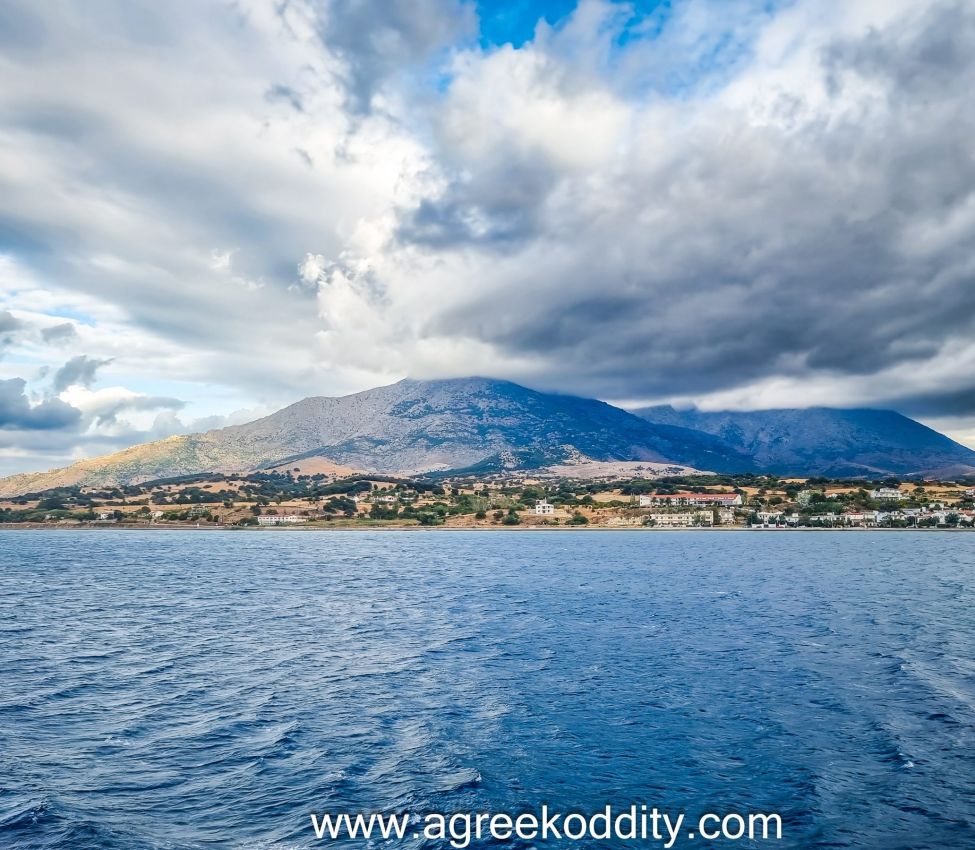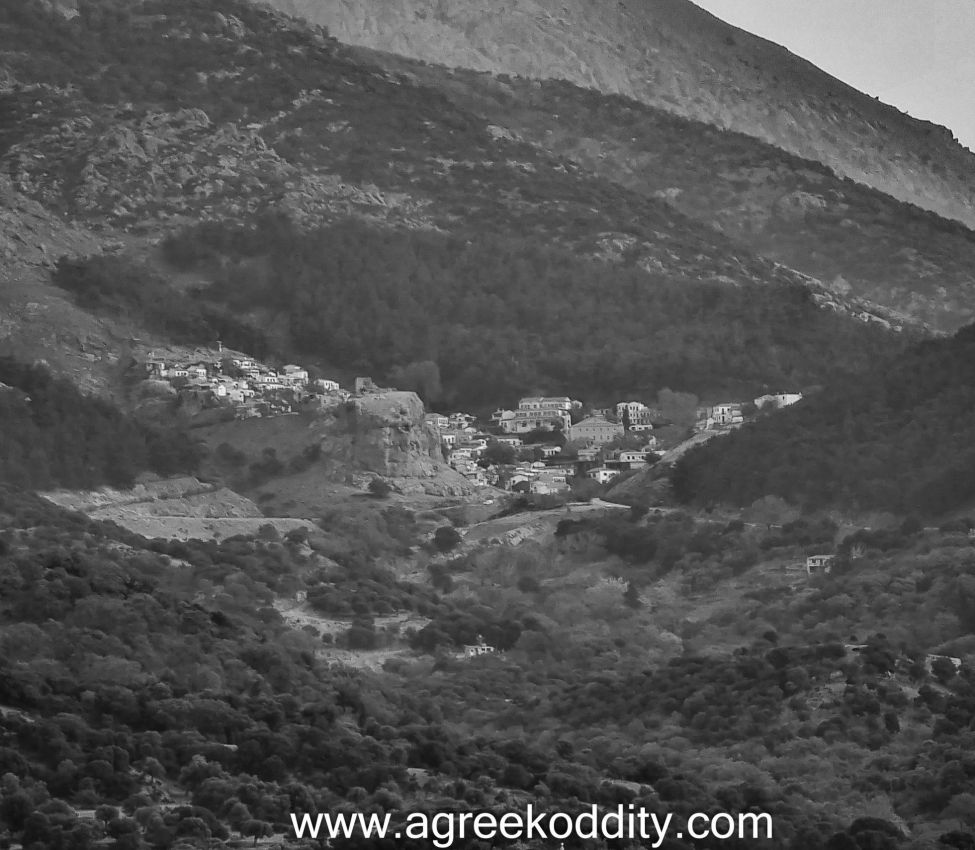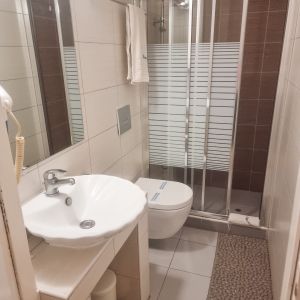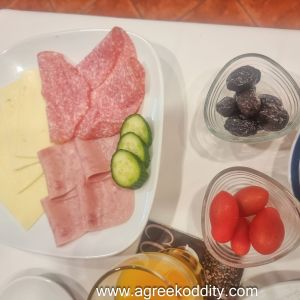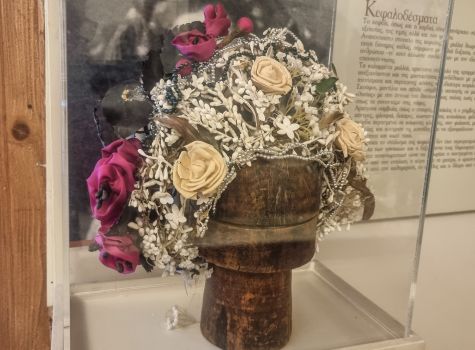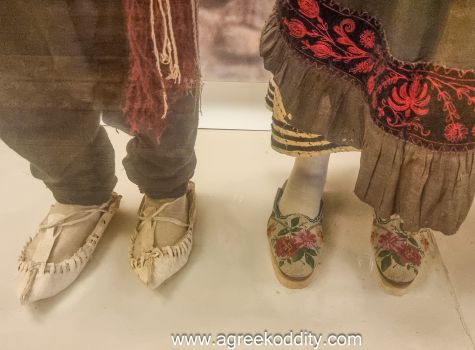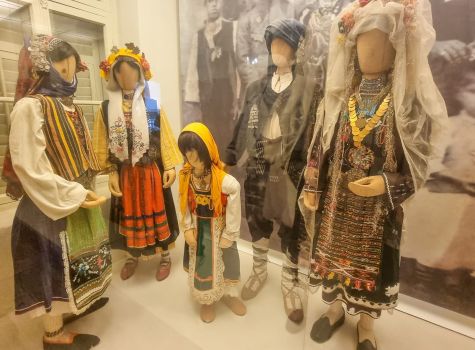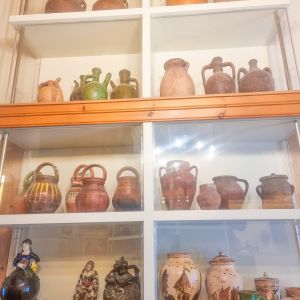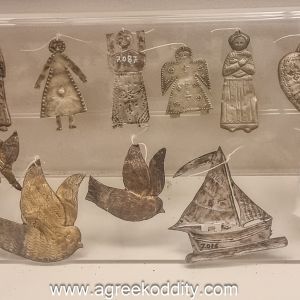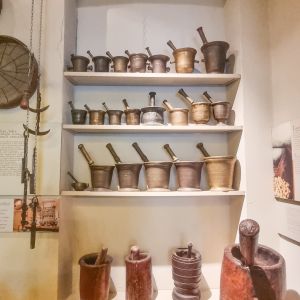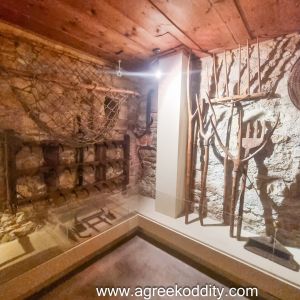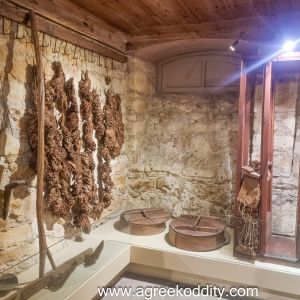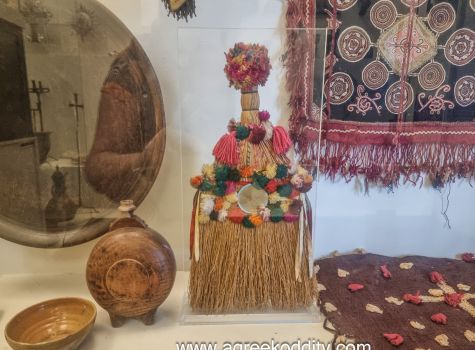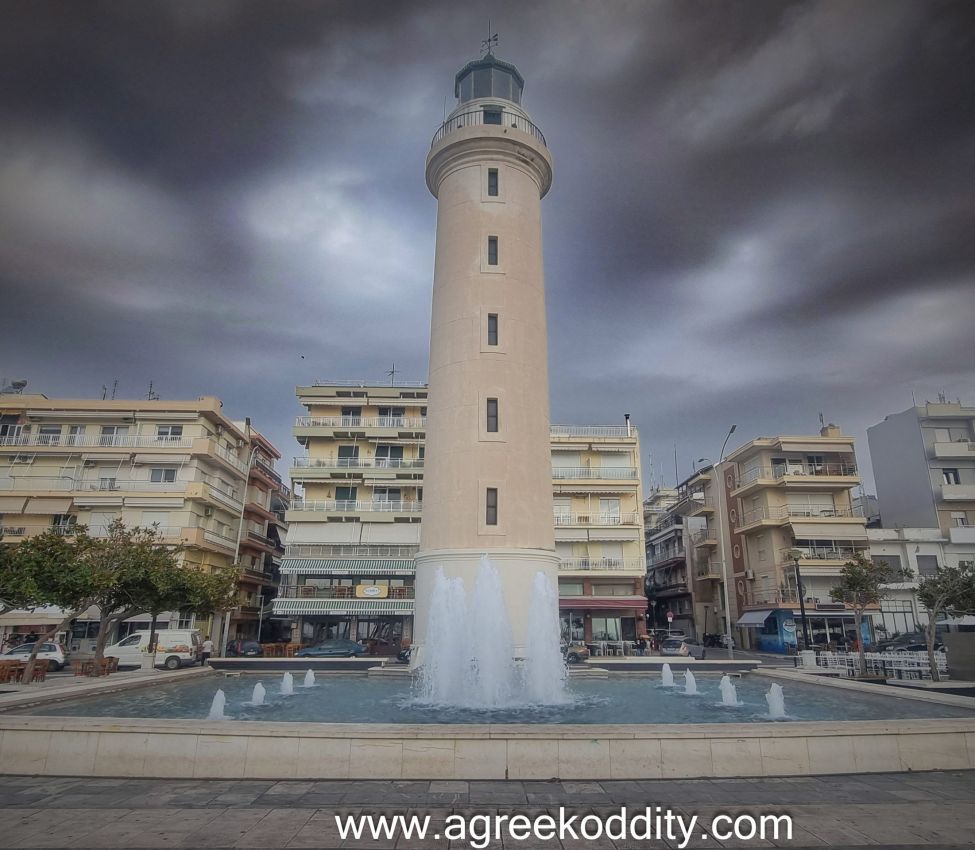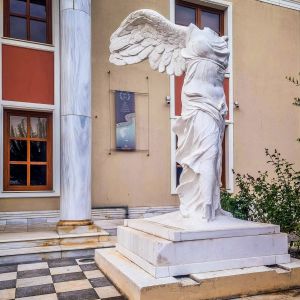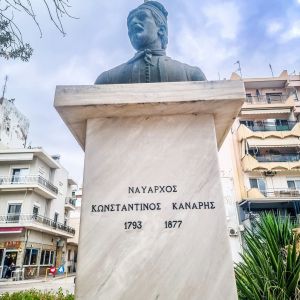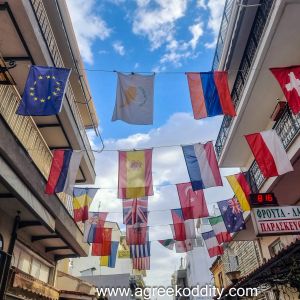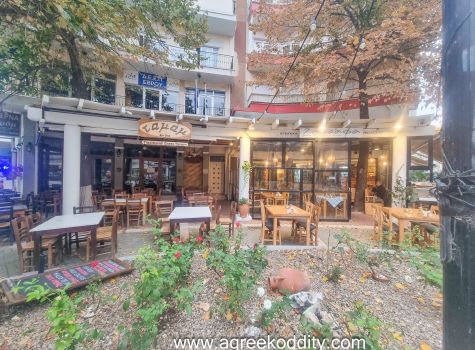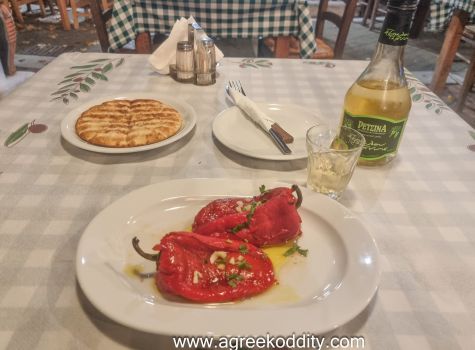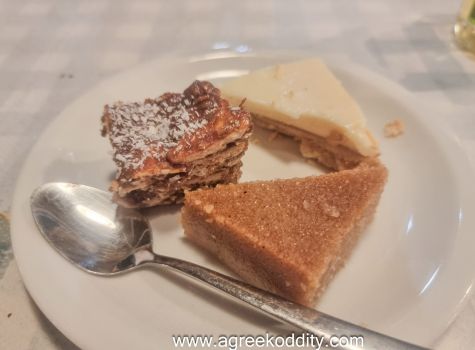Leaving Samothrace and on to Alexandroupolis
I know I say this every time I leave a place but on this occasion, I have most definitely only scratched the surface of what Samothrace has to offer. I make a mental note to return one day and explore a little deeper. I’ve yet to explore the hiking trails on the Fengari peak. I want to seek out the waterfalls and vathres. I also want to try the famous goat dishes up in the mountain village of Profitis Ilias and discover why the Samothracian goats taste so unique. I also want to go back and have coffee with Giannis in his little hut in the forest. Maybe I’ll follow this by sharing that ouzo with Antoni at his small taverna in Therma. Not least of all I must return and say hello to the gracious friends that I’ve met during my stay.
But now it is time to leave. The Adamantios Korais has been a constant on the island, ferrying people between Samothrace and Alexandropolis. At the moment she is being loaded with cargo whilst just a handful of passengers wait to board. Once given the go-ahead I dump my bag and head up onto the deck. The clank of the anchors signals our departure and the Adam K makes her way around the Western edge of the island. I manage to capture that fleeting glimpse of Chora between the rocky crags as we pass.
The halo of clouds that always crowns the Fengari Peak put on a magnificent show as we depart. For now dear Samothrace, farewell.
Once back in Alexandroupolis, I navigate my way to the Marianna Hotel where I have booked a room for 3 nights. The hotel is within walking distance of the port, shopping centre and bus station so it’s ideally located. It is a pleasant budget hotel owned and run by the lovely Marianna. The room is immaculately clean with a comfortable bed and breakfast is also included – always a bonus. As much as I loved my stay with Giannis on Samothrace, the bed wasn’t the best. Now I can get a good night’s sleep.
My time in Alexandroupolis is limited and with just 3 days at my disposal, I wanted to use the time wisely. One thing at the top of my list to do was to visit the Evros Delta. Here the River Maritsa, the longest river in the Balkans, flows into the Aegean. The wetlands are home to many migratory birds and can be explored by boat. Over breakfast, Marianna told me that I would need to book this trip in advance. She handed me a leaflet with the phone number that I needed to call. I left a voicemail message and hoped for the best.
Today I’m going to going to explore Alexandroupolis. It’s a modern town with an interesting blend of cultures. The first place on my list to visit is the Ethnological Museum of Thrace just a 10-minute walk away from the hotel. Set in a neo-classical building on 14 Maiou 63 (63, 14th of May Avenue), the museum aims to preserve the history of the wider geographical region of Thrace. I received a warm welcome from Mina when I entered the building. She spends time telling me about the museum and the customs and traditions of the area.
The beautifully curated collection of traditional costume is wonderful, though photographing through glass never yields good images!
There are collections of pottery, copperware, musical instruments and iconography.
Down in the basement, there is an exhibition demonstrating everyday rural life including beekeeping, farming, tobacco growing and winemaking.
One of the other traditional crafts was broom-making. I had seen the old-fashioned brooms for sale in the hardware shops in Alexandroupolis. Here I learn that the traditional brooms are made from a plant called sorgo also known as saros or skoupa. It’s an annual plant that grows up to 4.5 metres in height and is used for making alcohol, animal feed and of course, brooms.
The native Thracians of Kastanes and also the refugees from Nea Vyssa, were well established in the growing, processing and crafting of sorgo into brooms. It’s a laborious process that starts with removing the leaves from the long stems, leaving the dried flower cluster at the end. The stems are threshed which removes all the seeds from the flower cluster. The seeds are collected and placed into sacks whilst the stripped stems are kiln-dried with sulpher to soften them.
The next step is to cut the stems into lengths, retaining the bushy cluster at the end which is straightened by combing. The lengths are lashed together to make the handle and the bristles are hand-sewn. I will never be able to look at this everyday household item in the same way again!
I left the basement and returned to the main exhibition space. When I see Mina I say how interesting it was to learn about the broom-making craft. She beckons me to a display in one of the side rooms and points out a broom (or brush) that was decorated with woollen tassels and pompoms. She tells me that this was a wedding gift traditional to a particular Thracian tribe (I can’t remember the name). This would be a gift from the mother-in-law to her new daughter-in-law. It symbolised handing over the household chores to the new bride and a virtual retirement for the MIL!
Alexandroupolis is a modern and vibrant town. The cafe bar culture is alive and kicking here so there is a great selection of places to eat and drink. The broad walk that runs along the back of the beach and around the Alexandroupolis Lighthouse is a great place to sit and have and ouzo and watch life go by. And I did.
There are lots of interesting monuments around the city including the statue of the Goddess Nike, twin sister to the one at the Temple of the Great Gods on Samothrace. I also bumped into a bust of hero Konstantinos Kanares, who’s statues seem to follow me everywhere!
To round off my evening, I partake of a lovely meal in a traditional taverna called Tamam. I know being married to an Egyptian that ‘tamam’ means OK. The meal was simple but definitely more than OK. The complimentary desserts were fab!

